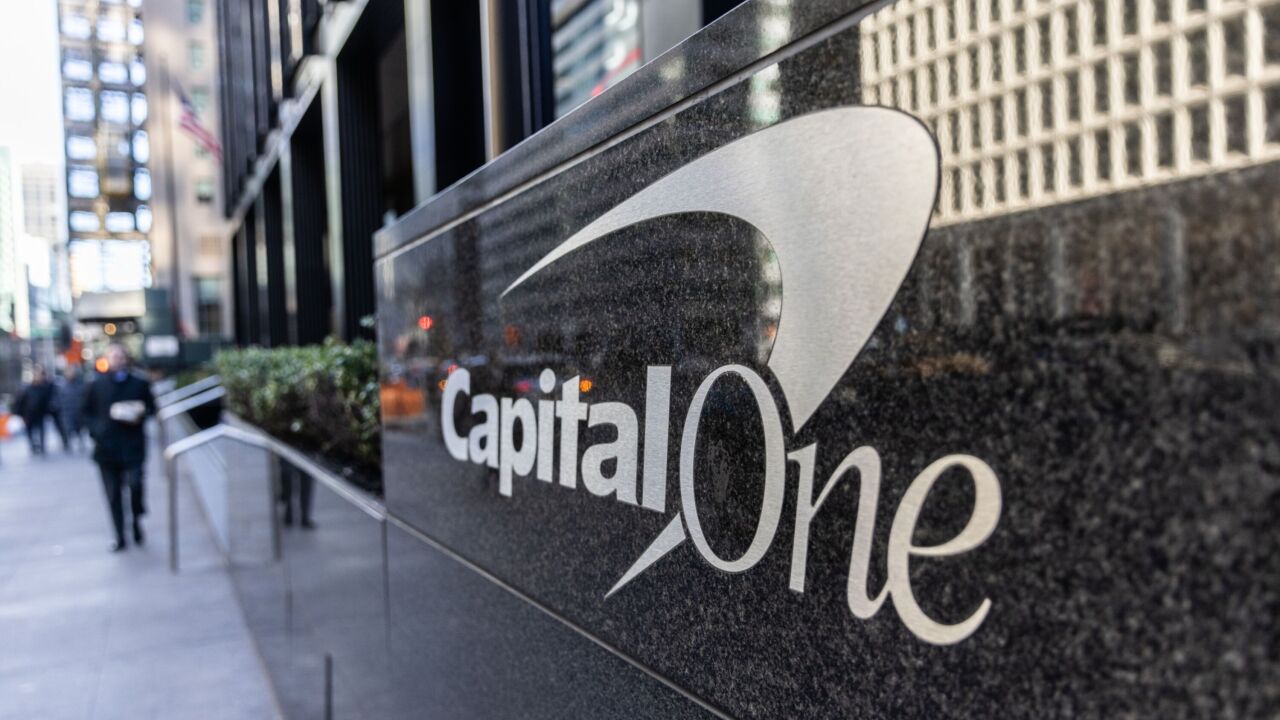In the U.S., most banks and retailers seemed to have given up on contactless cards with the 2011 demise of the much-publicized Chase Blink brand. But the payment format is making a strong comeback in 2018.
Visa is seeing such an uptick in contactless cards and transactions, now pushing the technology as the best option at a physical point of sale. And while the U.S. still lags other countries in contactless adoption, it's nonetheless a key driver of the trend.
"Contactless continues to grow rapidly," Visa CEO Alfred Kelly said during Wednesday's fourth quarter earnings call. "And it's a better consumer and merchant experience than paying with a dip, swipe or a scan."

The card brand's bullish view of contactless makes sense, considering that it pushed the addition of Near Field Communication technology at the point of sale six years ago as part of its Technology Innovation Program.
That program was more focused on EMV adoption and the pending liability shift in 2015, but in the process of upgrading terminals Visa urged merchants to add NFC acceptance for mobile wallets and contactless cards.
"It's clearly a strategy that has to do with maintaining a high level of value for plastic and keeping it relevant," said Thad Peterson, senior analyst with Boston-based Aite Group. "There has been a lot of talk about issuers moving more contactless plastic during the first quarter of next year, so it could really take off."
Currently, the bulk of Visa contactless transactions takes place in countries outside of the U.S. Taking the U.S. out of the equation, domestic contactless penetration is at more than 40 percent of all physical POS transactions, an increase of 12 percentage points over last year, Kelly said.
More than 20 countries have increased their domestic contactless penetration by more than 20 percentage points since last year, led by Russia jumping up 38 points to a ratio of more than 50 percent, Visa statistics show.
During the FIFA World Cup, contactless payments accounted for 45 percent of all Visa purchases that took place in the 11 host cities in Russia.
Despite the various roadblocks that could stunt contactless transaction growth in the U.S. — specifically some major retailers still not supporting NFC technology at the point of sale — Visa has seen an important contactless uptick in merchant locations that are important to the brand.
One of those would be
"Costco is a good example of the potential impact when both the issuing and the acceptance come together, as over half of in-store payments in the Costco store are now paid with a tap," Kelly said.
McDonald's, CVS and Walgreens also
The U.S. market is "poised for significant contactless growth in the coming year" because of major merchants accepting those payments, and the growing number of terminals with NFC, Kelly added.
"More than half of all face-to-face transactions now occur at contactless-enabled merchant terminals, up from about a third of all merchants a year ago," Kelly said.
A strong economy and a growing B2B sector helped push Visa to its ninth straight quarter of growth, with net income rising to $2.85 billion in the fourth quarter that ended Sept. 30 — up from $2.14 billion a year ago. Net operating revenue rose 12 percent to $5.43 billion.
Visa certainly views its ongoing advancement in payment technology as a key to keeping the company's bottom line remaining healthy.
The
Visa is also at the forefront of whether a
"I'm quite confident in this business over a long period of time, and we have lots of different vectors on which we can continue to grow," Kelly said.
The expanding Visa Direct network for digital payments, the advancement of contactless technology and momentum in establishing a more secure e-commerce landscape are as critical for Visa as advancing into new markets and targeting new customers, Kelly added.





